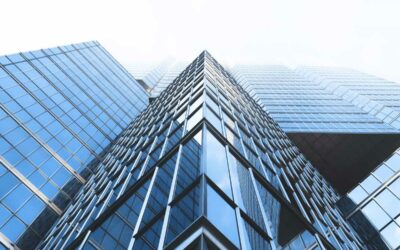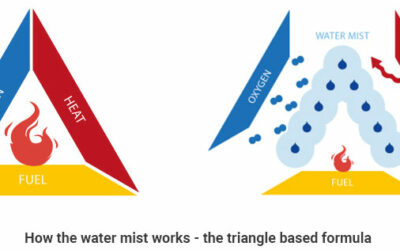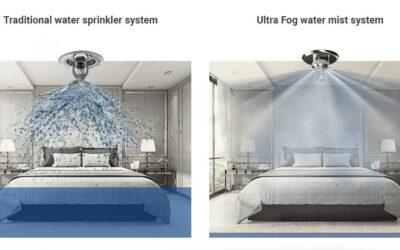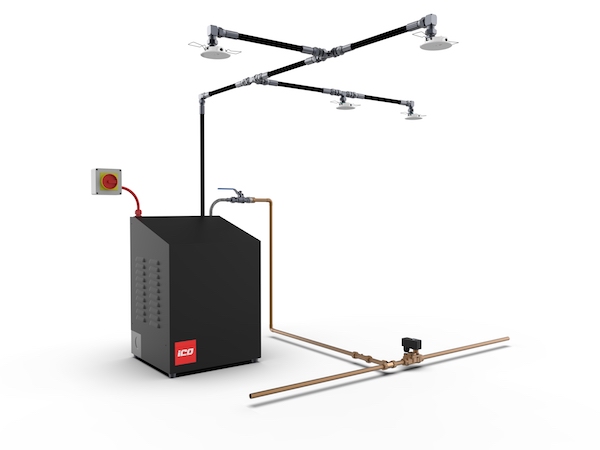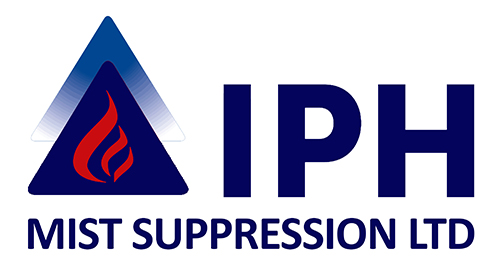
FREE Quote
Installation Quote
To provide an accurate water mist system quote, please use this quick form and offer all relevant project details.
Once we receive your information, we may contact you to clarify certain details provided, prior to offering a comprehensive and competitive quote.
* Please submit available floorplans directly via email to:
UK’s No.1
Water Mist System
Whether you have Residential or Commercial property, we have your water mist fire suppression needs covered.
* Submit Floorplans
Send all floorplans to: info@iphmistsuppression.co.uk


